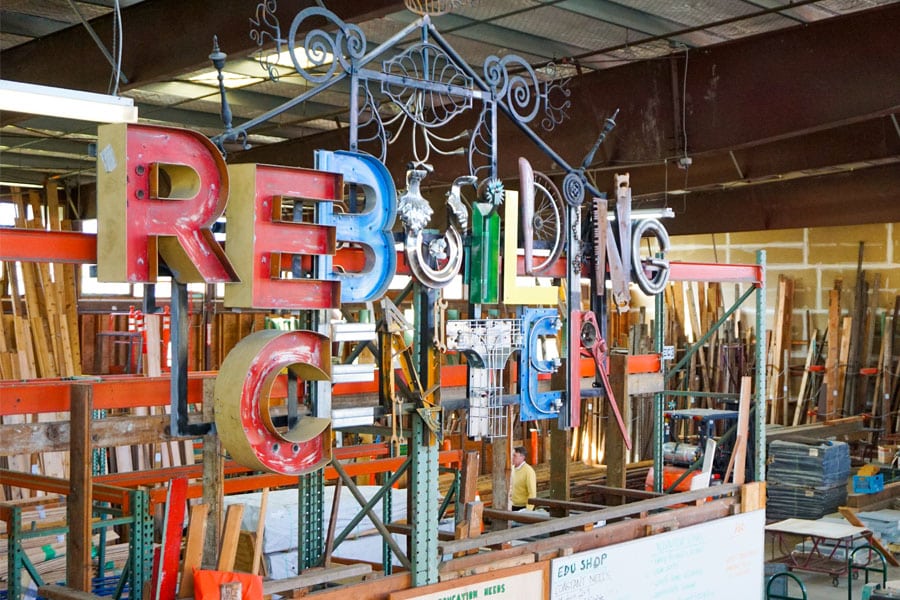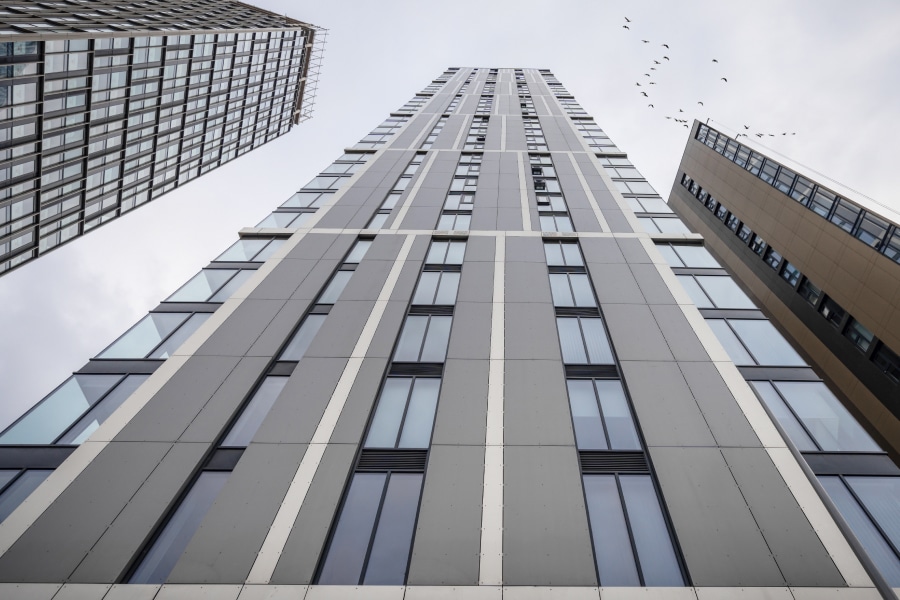Based on SNS Insider analysis, more construction organizations are realizing that protecting their workers is critical, which has led to an increase in the demand for safety helmets. The safety helmet market had a value of roughly $2 billion in 2022 and is projected to reach around $3 billion by 2030, with a compound annual growth rate of 5.8% from 2023 to 2030, according to SNS Insider.
Traumatic brain injuries represent a sizable portion of the injuries construction workers suffer on jobsites. After transportation accidents and COVID-19, falls represent the third deadliest risk to construction personnel. Based on research from OSHA, there were about 1,000 documented fatal falls throughout the construction industry in 2020 in the United States, the most recent year for which data is available, adding up to about 35% of all construction accidents.
“Traditional hard hats are only designed to protect against falling objects, leaving a significant safety gap,” said Ryan Barnes, founder and CEO of Studson. “ANSI Type II safety helmets address that gap as they are rated for impacts to the front, back, sides and the top of the head.”
Forward-looking general contractors and safety directors in the industry understand this and are taking action to better protect the workforce. Barnes said it is only a matter of time before the traditional hard hat disappears and the Type II safety helmet becomes the new standard.
Reasons behind the design changes
There are myriad reasons to transition to Type II safety helmets from traditional hard hats. “The main reason is these safety helmets lower the overall risk of workplace injury thanks to front, side and rear impact safety protection and chin straps,” Barnes said. “Some Type II safety helmets, such as the Studson SHK-1, also feature technology derived from action sports, and thus the helmets are also much more ergonomic and comfortable to wear in comparison to traditional hard hats.”
For construction workers, fewer injuries can mean increased productivity and, potentially, more earnings. They can spend more time on the jobsite and less time recovering from injuries, while improving their quality of life both on and off the job.
For general contractors, subcontractors and their workers, Type II helmets require a greater upfront investment, but there is overall less personal protective equipment turnover, as safety helmet lifetimes typically outlast that of hard hats thanks to more thoughtful, ruggedized designs, Barnes said.
Additional benefits include the fact that fewer injuries will equate to fewer worker’s compensation claims while a reduction in injuries can also help lower liability insurance costs.
Type II safety helmets becoming the new standard
It’s natural for people to be wary of change. “Some workers today still prefer the traditional hard hat because that is what they have always used and they feel comfortable wearing them,” Barnes said. “However, as more and more general contractors mandate the use of Type II safety helmets, and workers become more familiar with them and the benefits, that resistance continues to fall away.”
The construction industry is built upon individuals who come to work every day and apply their skills and hard work to complete the project. Although construction is physical work, the most essential asset for anyone working on a jobsite remains their brain—the most complex and important tool of all.
“Organizations and the workers themselves are realizing the need to protect this most precious asset to ensure all workers are healthy and protected as much as they possibly can for the sake of the build, the livelihood of the workers and their respective families,” Barnes said. As Type II safety helmets become the new standard, organizations can remain confident that the investment is worth the cost from a strict dollars-and-cents view beyond the goal of creating a safety-first culture.












